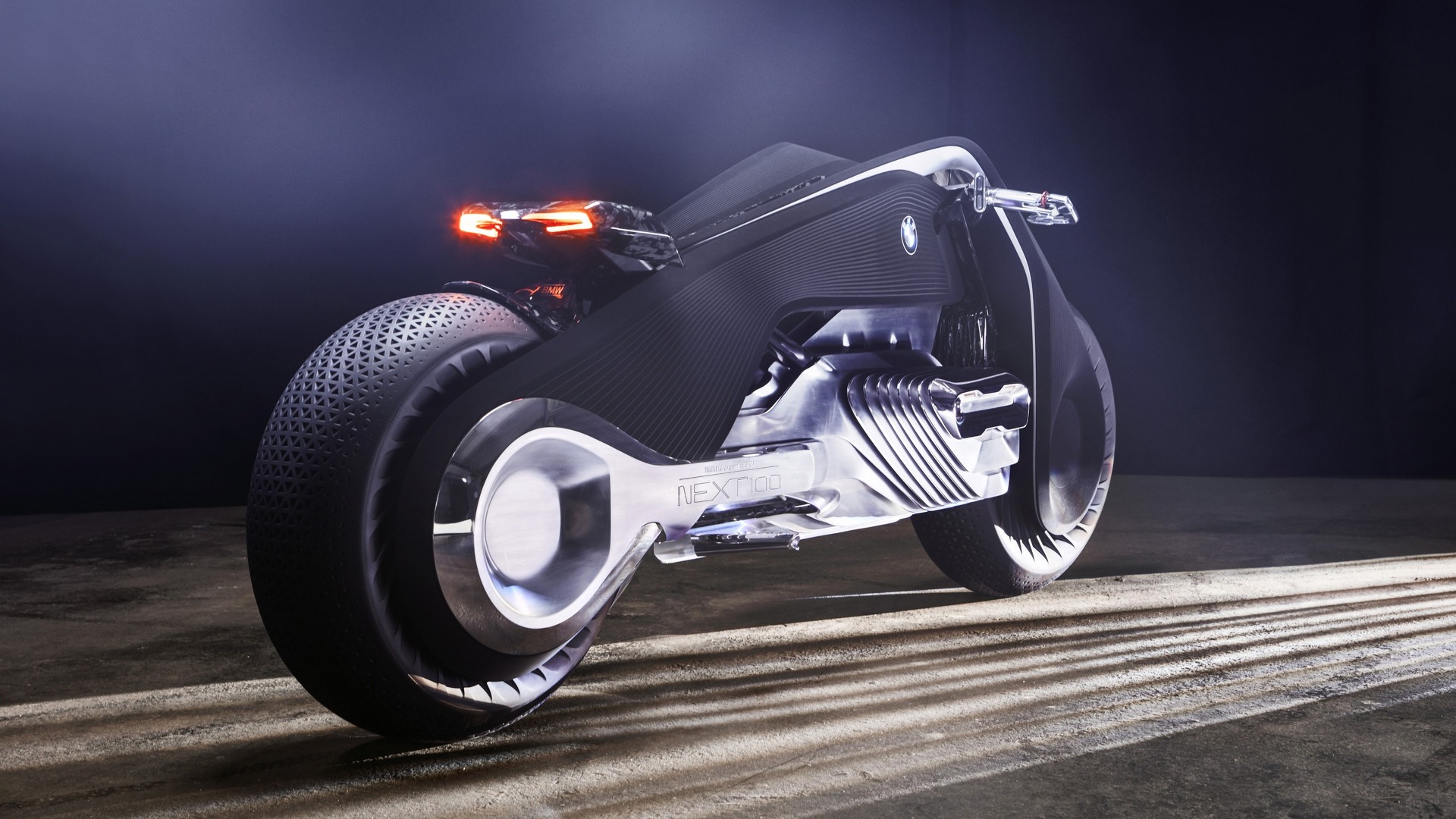America has mandated vehicle-to-vehicle (V2V) communications technology in all new cars, but riders also want the technology to recognise motorcycles.
The American Motorcyclist Association (AMA) says the technology can benefit all road users, but they demand to be included in the discussion, planning and implementation of the policies and regulations governing the rollout.
It follows a crash in which a female motorcycle rider was rear-ended by an automated Tesla S under test in Norway.
V2V and automated self-driving cars, trucks and even motorcycles are hurtling toward us at an accelerating rate and authorities are struggling to control the development and implementation.
While some say the technologies are good for all motorists, there are serious concerns about their detection of motorcycles.
BMW Motorrad spokesman Karl Viktor Schaller says autonomous vehicles will make motorcycle riding safer. His company is also working with Honda and Yamaha to developed “connected motorcycles” with electronics that talk to each other and other vehicles to make them safer on the roads.

Motorcycles are now being considered in European driverless tests in the wake of the Norway crash, however the Australian Driverless Vehicle Initiative is yet to identify the dangers to riders.
In America, AMA spokesman Wayne Allard says they recognise the potential for improved safety as vehicles communicate.
“But we want to ensure that the detection and response sensors and software can detect motorcyclists and respond appropriately,” he says.
The V2V technology, sanctioned by the US Department of Transportation and Federal Highway Administration, would also allow vehicles to “talk” to roadway infrastructure such as traffic lights, stop signs and work zones to improve mobility, reduce congestion and improve safety.
“This new technology could help motorcyclists immensely by alerting drivers of a rider’s presence as they prepare to make a left turn or approach a motorcycle from the rear,” Wayne says.
However the AMA has the following concerns:
- Software and sensors must be designed to recognise motorcycles and respond appropriately.
- Personal privacy must be protected.
- The communications systems implemented, whether Wi-Fi or another technology, must be secure from hackers.
- The vehicle operator should have the option to turn off the signal to prevent unwanted tracking.
Motorcyclists wishing to keep track of the technology advances and their effect on riders can subscribe to AMA Action Alerts.



